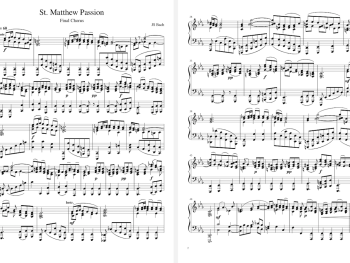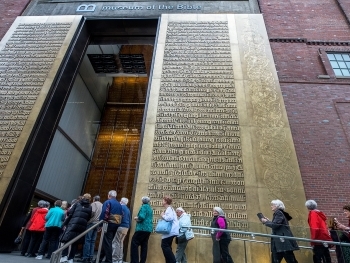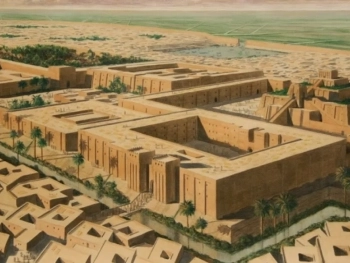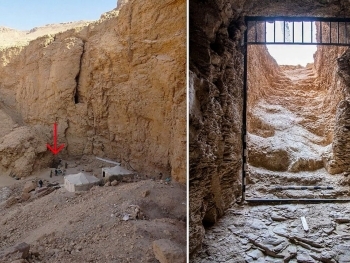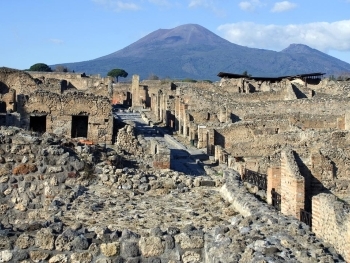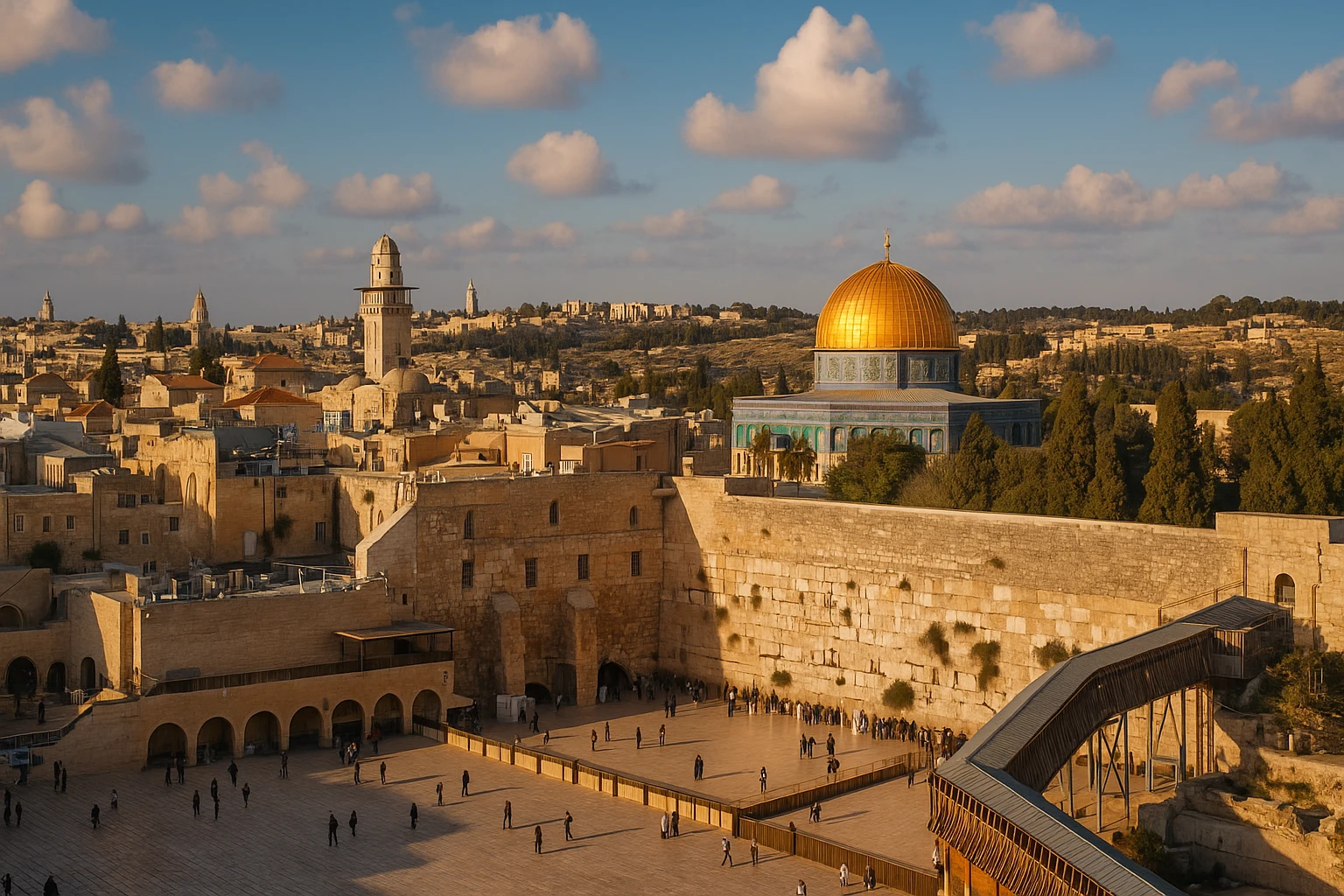
At first glance, Zion—the biblical name for Jerusalem—and Susa—the ancient royal city of Persia—seem worlds apart. One is the spiritual heart of the Hebrew Bible and Jewish tradition; the other, a seat of imperial power in ancient Iran, known from royal inscriptions and palatial ruins. Yet within the pages of Scripture, these two cities share an unlikely connection. Zion and Susa stand as symbolic opposites and historical complements—two sacred cities, one representing divine covenant and identity, the other imperial influence and divine providence from afar.
This article explores how Zion and Susa, each in their own way, shaped the Jewish story and stood in dialogue across centuries of exile, restoration, and identity formation.
Zion: City of God, Center of Identity
Zion, often synonymous with Jerusalem, is more than a geographic location in the Bible—it is a spiritual symbol of God's dwelling place, the epicenter of the covenant, and the focal point of Jewish worship. From the days of King David, who captured the city and established it as his capital, to Solomon’s construction of the First Temple, Zion became a theological anchor.
"Out of Zion, the perfection of beauty, God shines forth."
— Psalm 50:2
When the Babylonians destroyed Jerusalem and the Temple in 586 BCE, the pain of exile was expressed not only in national terms, but as a theological crisis. The psalmists and prophets lamented:
"By the rivers of Babylon, there we sat and wept when we remembered Zion."
— Psalm 137:1
Zion was not merely a city—it was the embodiment of Jewish hope, loss, and longing. Its eventual restoration under Persian rule became a central event in reestablishing Jewish identity.
Susa: A Palace of Providence in a Foreign Land
Susa (Hebrew: Shushan), located in what is today southwestern Iran, was one of the principal capitals of the Achaemenid Empire. While it does not carry the same emotional or spiritual weight in the Jewish tradition as Zion, Susa plays a crucial role in the biblical narrative, particularly in the books of Esther, Nehemiah, and Daniel.
- In the Book of Esther, Susa is the backdrop for the salvation of the Jewish people. Esther, a Jewish woman elevated to queen, intercedes for her people before King Ahasuerus (Xerxes I), thwarting Haman’s genocidal plot.
- Nehemiah, the Jewish cupbearer to the Persian king, receives news about the ruin of Jerusalem while in Susa and later leads the effort to rebuild the city walls.
- Daniel, during the reign of the Persian kings, receives visions while in Susa, linking the city to apocalyptic prophecy and divine insight.
In each case, Susa becomes a place of providence, where Jews—though exiled—still encounter God's guidance and are empowered to act on behalf of their people.
Zion and Susa: Contrasts and Complements
Thematically, Zion and Susa represent two poles of Jewish experience in the post-exilic period:
| Zion | Susa |
|---|---|
| Homeland, sacred center | Exile, foreign empire |
| Temple, worship, Torah | Palace, politics, survival |
| Restoration of religious life | Preservation of Jewish life abroad |
| Direct worship of God | Hidden providence (e.g., in Esther) |
In Zion, God is worshipped openly; in Susa, God's presence is veiled, working behind the scenes. The Book of Esther notably never mentions God, yet divine orchestration is assumed throughout. In this sense, Susa becomes a mirror to Zion—not as its rival, but as its reflection in diaspora, a place where Jewish faith must adapt, survive, and act without direct temple access or prophetic voice.
The Political Meets the Theological
Both cities also symbolize the intersection of theology and empire:
- Zion represents a people with a divine calling, once sovereign, now returning under the permission of a foreign king.
- Susa represents the empire itself—the center of Persian power that, unexpectedly, becomes an instrument of God’s will.
This paradox is at the heart of post-exilic theology: foreign rulers like Cyrus, Darius, and Artaxerxes become agents of restoration. The cities that once seemed to oppose the God of Israel—Babylon, then Susa—are reimagined in the biblical tradition as places where God's hidden purposes unfold.
Cultural Memory and Modern Echoes
Though millennia have passed, both Zion and Susa live on in religious and cultural memory:
- Zion remains a central symbol in Jewish liturgy, prayer, and modern political identity, especially in the formation of the State of Israel.
- Susa, while less prominent in Jewish worship, is remembered every year during Purim, a celebration of Jewish survival in exile. The Scroll of Esther (Megillat Esther), read in synagogues around the world, begins in Susa and ends with a reversal of Jewish fate.
Interestingly, the Tomb of Esther and Mordecai is located in Hamadan, Iran, not far from ancient Susa, and remains a pilgrimage site—even amid modern political tensions.
Sacred Cities in Conversation
Zion and Susa—though one is central and the other peripheral in the Jewish tradition—exist in a powerful historical and symbolic dialogue. Zion reminds us of rootedness, divine presence, and covenant. Susa represents exile, hiddenness, and providence in strange lands.
Together, they tell a complementary story of faith: one rooted in sacred soil, the other unfolding in imperial courts. One where God's voice thunders from the Temple, the other where His hand moves invisibly behind palace doors.
In the story of the Jewish people, both cities matter. Both shaped identity. And both remind us that, whether at home or in exile, God’s purpose can never be confined to one place alone.
Nehemiah and Jerusalem Nehemiah Persian Empire Jewish exile Jewish identity Ezra and Nehemiah Zion Susa Jerusalem history Ancient Persia Book of Esther Biblical cities





